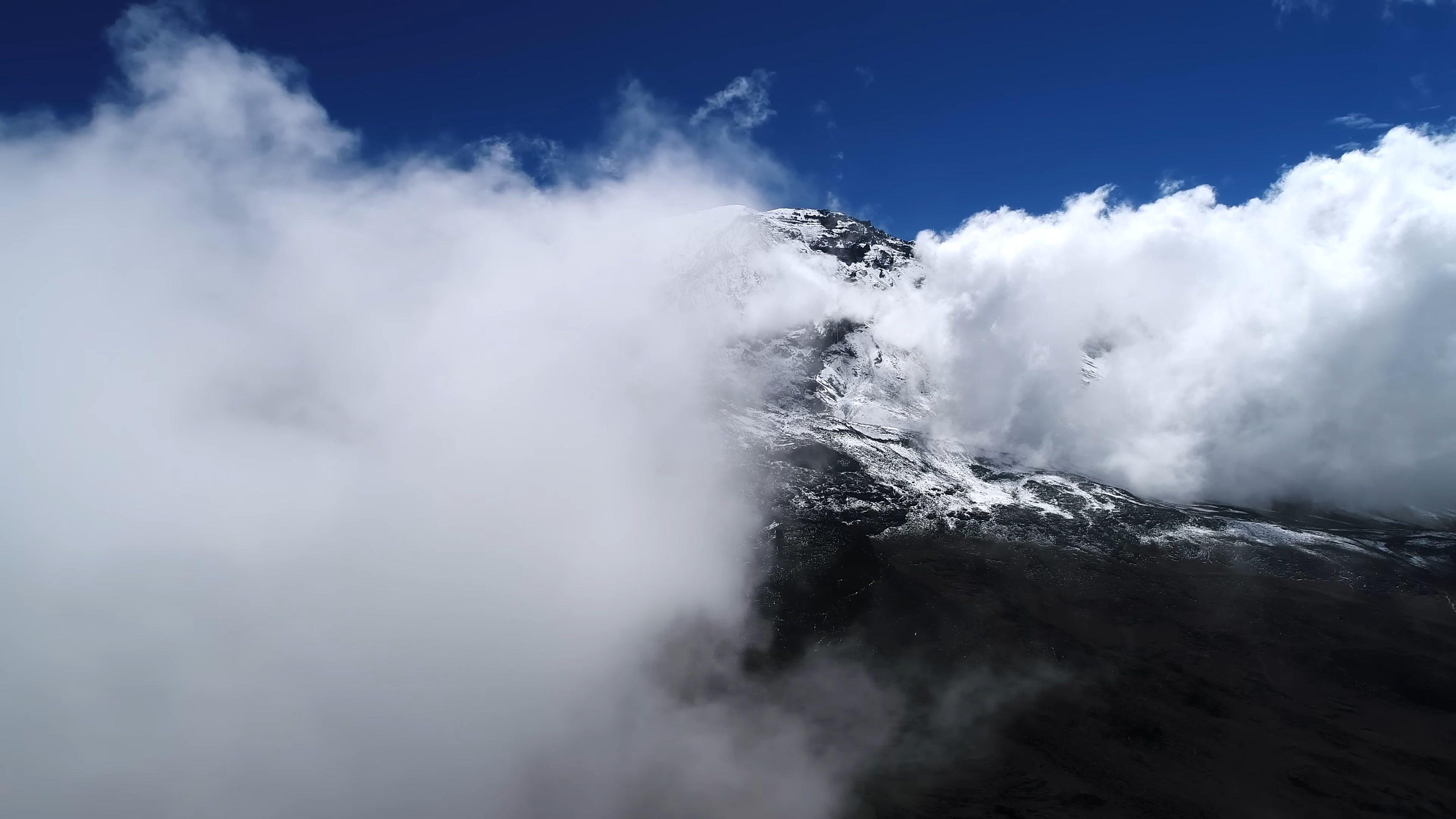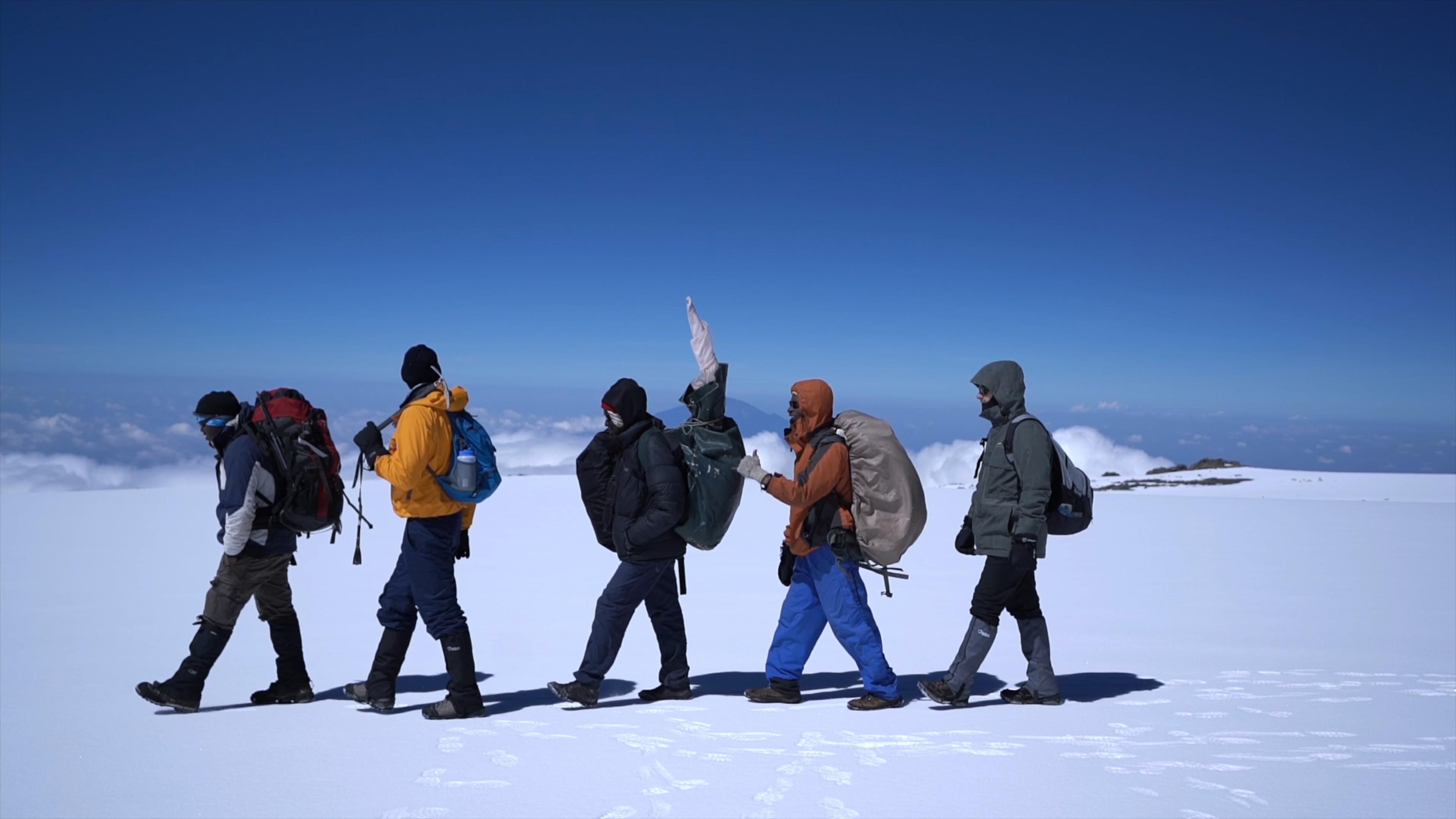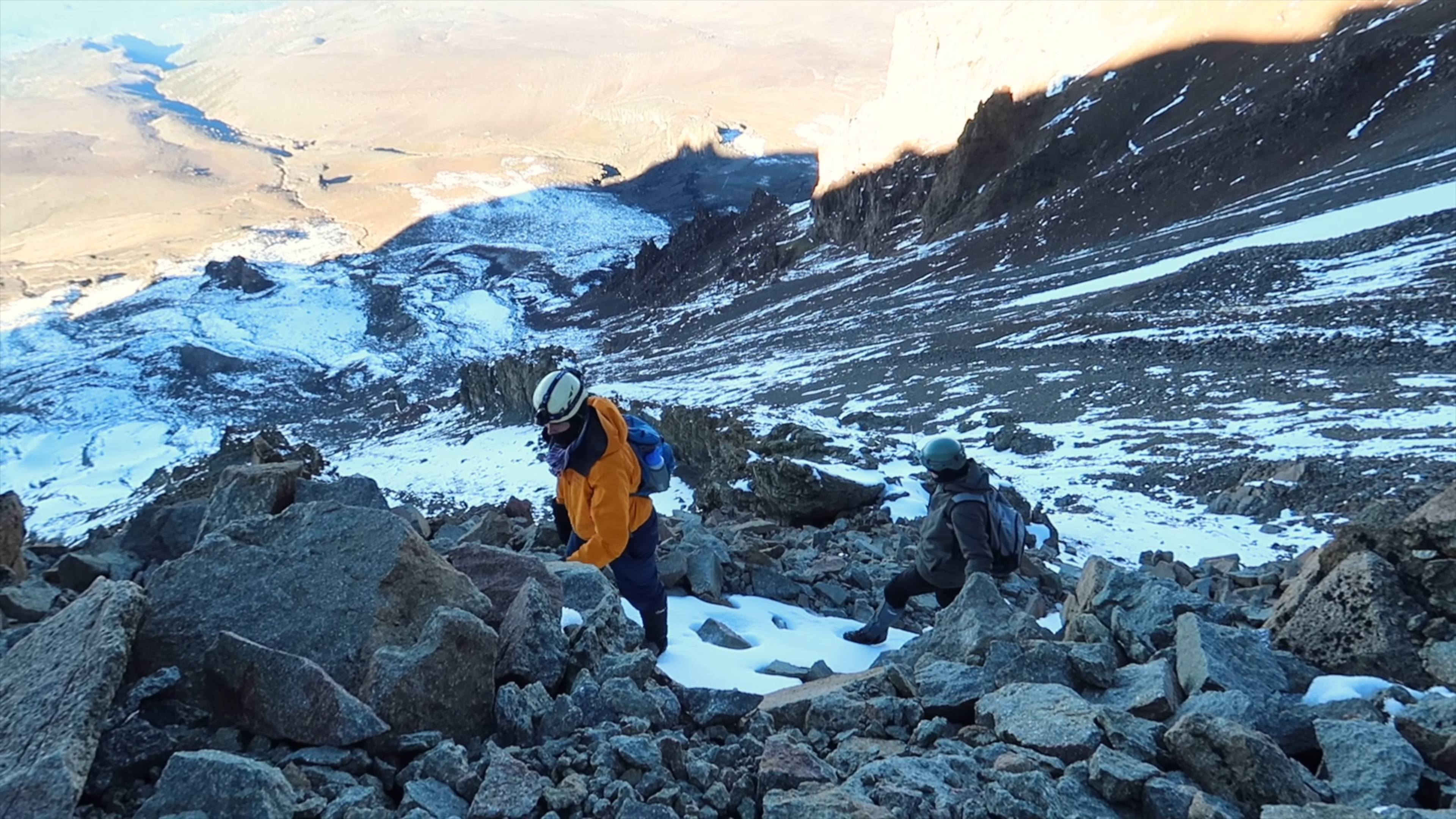Mount Kilimanjaro Climbing: Beginner’s Guide to the Roof of Africa
Climbing Mount Kilimanjaro, the tallest mountain in Africa and the world’s second tallest is a paramount adventure for hikers. In Tanzania, Mount Kilimanjaro elevates at approximately 5,895 meters (19,340 feet) as Africa’s tallest peak. This mountain is the most voluminous free-standing massif globally, as it is not affiliated with any mountain range.
Mount Kilimanjaro, also termed a stratovolcano, consists of three cones: Kibo, Mawenzi, and Shira. Kibo represents the mountain’s apex and is the highest of the three volcanic formations. While Mawenzi and Shira have become inactive, Kibo is regarded as dormant and has the potential to erupt. Scientists believe that its most recent eruption occurred 360,000 years ago. The highest point on Kibo’s crater rim is known as Uhuru, which is the Swahili term for “freedom.”
The origins of the name Kilimanjaro remain a mystery. It might have originated from the Swahili word “Kilima,” meaning “mountain,” and the KiChagga word “Njaro,” meaning “shining” or “whiteness,” referring to the mountain’s snow-capped peak. Certain local communities residing at the mountain’s base, such as the Chagga and the Maasai, consider it to be the dwelling place of God.
Routes to trek Kilimanjaro
There are seven primary paths to the peak of Mount Kilimanjaro, Uhuru Peak. One of them commences from the northern side, while the remainder starts from the southern side. These paths include Marangu, Machame, Lemosho, Shira, Rongai, Northern Circuit, and Umbwe.
Ascending and descending Mount Kilimanjaro usually takes five to nine days. Spending more time on the mountain increases the likelihood of reaching the summit successfully due to better acclimatization to the altitude.
The best time for climbing Mount Kilimanjaro is during the dry seasons: December to early March and June to October. Climbing during the peak of the rainy season is avoided for safety purposes, as mountain weather can be unpredictable.
Climbing Mount Kilimanjaro with Mtembezi African Safaris and Vacations
Trekking Mount Kilimanjaro with us will create lasting memories for years to come.
We cater to all Kilimanjaro routes, spanning from 5 to 9 days, and we will assist you every step of the way to the summit for the most competitive Mount Kilimanjaro pricing.
Be part of the numerous climbers who ascend Mt. Kilimanjaro annually under the guidance of our experienced local mountain expert team. How do you go about climbing Tanzania’s Mt Kilimanjaro, and how fit do you have to be? We answer these common questions below.
What are the reasons for choosing a Kilimanjaro climbing tour?
George Mallory famously responded, “Because it’s there,” when asked why he wanted to climb Mt Everest in 1923. This sentiment applies equally to Mt Kilimanjaro, the highest mountain in Africa at 5,895m/19,340ft and the largest freestanding mountain in the world. It is not part of a mountain chain. Additionally, Mt Kilimanjaro is an iconic symbol of Africa, often representing the continent to many. Despite its impressive size, climbing it is surprisingly achievable, and a week-long climbing tour can be easily incorporated into a standard East African safari.
How long is required to complete the climb, and does this include time for acclimatization?
There are several different climbing routes on Mount Kilimanjaro, some of which are only suitable for experienced mountaineers. The commonly offered 4-night, 5-day return climb on the Marangu Route does not provide enough time for safe acclimatization given the altitude of nearly 6,000m/19,685ft. It is advisable to add at least a day to allow for a safer ascent, or better yet, consider one of the longer and less crowded routes like the Shira Plateau Route, Machame Route, or the longest, Northern Circuit Route for better acclimatization.
What level of fitness and experience is necessary for a mountain climbing tour?
Mt Kilimanjaro should not be underestimated, despite being one of the more accessible high mountains to climb. Special mountaineering experience or equipment is not required for the standard routes, as it primarily involves a long and steady uphill climb. As long as a person is reasonably fit and determined, climbing is achievable. Due to altitude issues being the most common reason for not reaching the summit, it is important to have very warm clothing, and a four-season sleeping bag, and consider adding extra acclimatization time or opting for a longer, more gradual route rather than rushing the ascent and descent.
What type of lodging can I expect during the climb?
The accommodation is quite basic! You will either stay in simple trekkers’ huts located on the mountain or camp out. The huts are very basic, with dorm-style bed setups, and the only source of warmth is from the other tired trekkers sharing the hut. If you opt for camping, your trekking company will provide small two-person dome tents, offering a more comfortable and private night compared to the huts. Some better tour operators offer larger dining tents, and the more high-end companies also provide tables and camp chairs. These may not seem like much, but they can significantly improve your trekking experience.
What is a typical day like during a Kilimanjaro climb?
Days begin early on Kilimanjaro, and generally, you will wake up shortly after dawn. After having a hot bowl of porridge or something similar, you will put on your hiking boots and start walking. Besides brief breaks to admire the stunning scenery or catch your breath, you will continue walking until it’s time for lunch, which will be a hearty-packed meal. Then, you’ll walk for a couple more hours before reaching your campsite by mid-to-late afternoon. If you’re fortunate, your porters may have arrived ahead of you and be preparing a revitalizing cup of tea. Dinner is served early, and shortly after nightfall, most people retire to the warmth of their sleeping bags and fall asleep. It’s important to note that as you gain altitude, your sleep is likely to be more disrupted. Above 4,000m/13,100ft, the combination of cold and lack of oxygen can make the nights very uncomfortable. On the day of the summit, you might as well forget about sleeping altogether. Most people begin their ascent from the camp at around 1 AM, using flashlights to hike through the night and reach the summit at dawn.
How much is the cost of this tour?
Going on a Kilimanjaro trek can be quite pricey. All trekkers are required to be part of a package that includes a guide and at least one porter. The least expensive, shortest, and most basic packages start at US$1,250 per person for the 5-day Marangu Route, which includes a 4-night stay. Prices increase with each additional day and vary depending on the chosen route. The Shira Plateau Route requires a minimum payment of US$1,800 for a 7-day trek. We suggest this route due to its diverse scenery and the opportunity it provides for proper acclimatization. It’s worthwhile to spend a little more for better quality tents and food. Additionally, having a guide who can point out wildlife and interesting sites is valuable. It’s important to carefully check what is and isn’t included before booking a Kilimanjaro trip. Keep in mind that in all cases, guides and porters will expect tips, which can add a couple of hundred dollars to the cost of even the most affordable climb of Kilimanjaro.
What factors should I take into account when selecting a Kilimanjaro climbing tour?
The most crucial question to ask yourself before deciding to climb Mt. Kilimanjaro is whether you truly have the endurance and determination to reach the summit. While it’s not a difficult mountain to climb, it’s not an easy endeavour. Anticipate long, energy-sapping days, sore muscles, potential altitude issues, and extreme cold. If none of these factors sounds appealing, it’s best not to sign up for a Kilimanjaro trip. You should also consider the timing. The driest and most enjoyable times to climb are from July to October and in January and February. It’s advisable to avoid the Wet season, when trails will be muddy or snow-covered, and visibility will be restricted. Lastly, allow ample time for acclimatization. Most individuals don’t do this, and many regret that decision as it often leads to altitude sickness.




